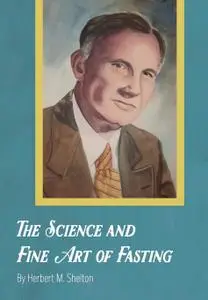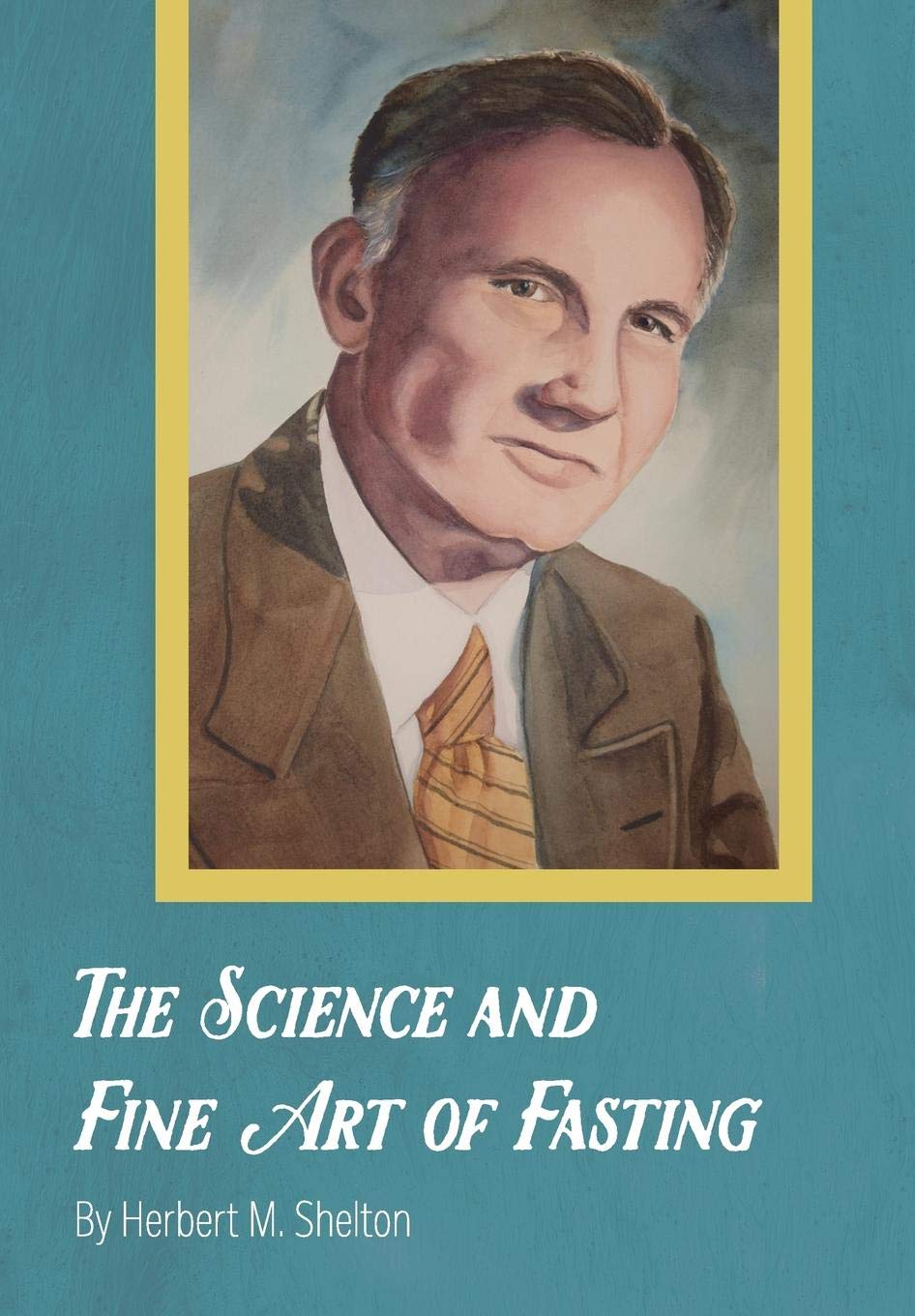The Science and Fine Art of Fasting by Herbert M. Shelton
English | Mar. 13, 2019 | ISBN: 1946774081, 1946774073 | 334 Pages | EPUB | 586.88 KB
English | Mar. 13, 2019 | ISBN: 1946774081, 1946774073 | 334 Pages | EPUB | 586.88 KB
In his 1934 book, The Science and Fine Art of Fasting, Herbert M. Shelton outlined his theory that fasting is a key component in promoting healing. The book’s ideas run counter to the well-known conventional wisdom that those who are sick must eat to “keep up their strength” and posits that fasting is a natural part of the rhythm of life. Shelton’s book outlines the history of this practice and explains the following in detail: what is fasting, the purpose of fasting, how to fast successfully, intermittent fasting for healing, and the benefits of fasting in general.
Shelton was writing before the advent of genetic theory and modern medicine. His beliefs were criticized during his time, and he even faced legal penalties for publishing his views. But modern science is now beginning to show that, in some instances, his theories were accurate. Caloric restriction has been repeatedly shown to increase life span in animals, and researchers, such as David Sinclair of Harvard University, have discovered the cellular and genetic mechanisms that respond to such techniques.
According to Shelton, when someone is fasting, the energy typically going into eating and digestion is instead redirected to promote health and well-being. Fasting works as a method of “resetting” the body’s metabolism and has a multitude of applications. Shelton divided fasting into two distinct periods: eating and abstaining. Both periods are considered to be vital aspects of the same process.
As a child on his family’s farm, Shelton observed animals abstain from food when upset, wounded, sick, or just simply not hungry. Shelton came to understand this behavior as a means of survival. Man, as part of the organic world, has many reasons to mimic such behavior and has done so throughout history—as is seen in various religious practices throughout the world. Shelton viewed the purpose of fasting as a natural occurrence that generated healing and restorative benefits. As with animals, Shelton believed abstention from food is sometimes more beneficial than its consumption. For more than 10,000 years, fasting was used to alleviate human illness. In his book, Shelton gives anecdotal evidence of humans fasting for periods of 60 days or more and shows the practice has been known to cure a wide range of diseases such as epilepsy, typhoid fever, cataracts, and obesity.
Over the course of 30 years, Shelton conducted 25,000 fasts ranging from three days to over two months. Throughout the duration of the studies conducted, Shelton found the number of red blood cells increased during a fast and that a general rejuvenation occured. He claims to have observed rapid healing of wounds and various organ systems in patients undergoing the practice. In one case, a group of university students studied for one week without food and showed remarkable improvement in their performance. He asserted that addicts found relief through fasting and that other mental conditions showed improvement through his methods.Herbert M



